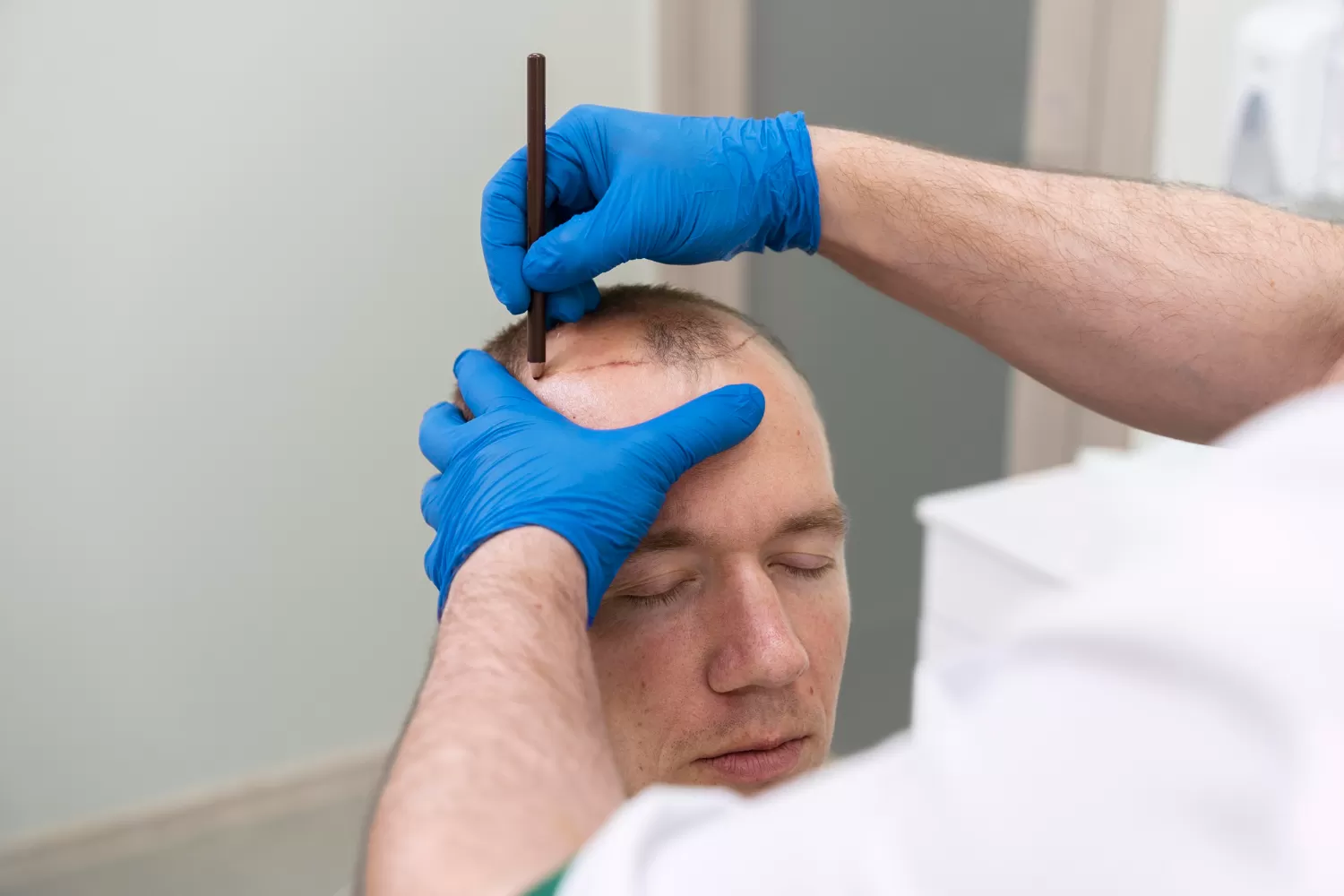Hair transplant results can vary significantly between individuals. While one person may achieve dense, natural-looking results in a few months, another might experience slower growth or less density. This difference doesn’t necessarily mean the procedure was unsuccessful — it’s often due to various biological, genetic, and lifestyle factors.
Let’s take a closer look at the key reasons behind these differences.
1. Hair Type and Texture
One of the most important factors influencing the final appearance is hair type.
- Thick or curly hair provides better coverage, even with fewer grafts, giving a fuller look.
- Thin or straight hair, on the other hand, may require more grafts to achieve similar density.
Additionally, hair color contrast plays a role — lighter hair shades tend to blend more naturally with the scalp, while darker hair may appear thinner if the scalp is visible.
2. Donor Area Quality
The donor area, located at the back and sides of the scalp, provides the grafts for transplantation.
If the donor area is dense and healthy, it offers more viable grafts. However, if the donor region is weak or sparse, it can limit the total number of grafts that can be safely extracted — directly affecting the overall result.
3. Age and Hormonal Factors
Younger patients may have ongoing hair loss, meaning their transplanted hair might look uneven as native hair continues to thin over time.
Hormonal balance, especially dihydrotestosterone (DHT) levels, can also affect long-term stability. Older patients with stable hair loss patterns often experience more predictable results.
4. Genetic Factors
Genetics determine how resistant your hair is to hair loss and how quickly it grows.
Even with the same technique, two people with different genetic backgrounds can see very different results. A strong genetic predisposition to hair loss may lead to continued thinning in untreated areas, even after transplantation.
5. Post-Operative Care
How well a patient follows aftercare instructions greatly influences the healing and growth process.
- Proper washing and moisturizing routines
- Avoiding scratching or picking at the scalp
- Staying away from direct sunlight and smoking
All these steps are essential to ensure graft survival and natural-looking results.
6. Lifestyle and Nutrition
Diet, hydration, and general health also play a major role.
A diet rich in protein, vitamins (especially Biotin and Vitamin D), and minerals supports faster and healthier hair growth. Conversely, smoking, alcohol consumption, and stress can slow recovery and affect graft success rates.
7. Surgical Technique and Experience
The expertise of the surgical team is another key factor.
Advanced techniques like Micro FUE or DHI minimize trauma to grafts, increasing survival rates. Surgeons with greater precision and experience can better design natural hairlines and ensure optimal density.
In Summary
Every hair transplant journey is unique. Factors like hair type, genetics, donor area quality, and lifestyle all play crucial roles in determining the final outcome.
For the most accurate expectations, it’s best to consult a specialist who can evaluate your individual characteristics and design a personalized treatment plan.





No comments yet. Be the first to comment!